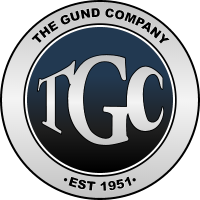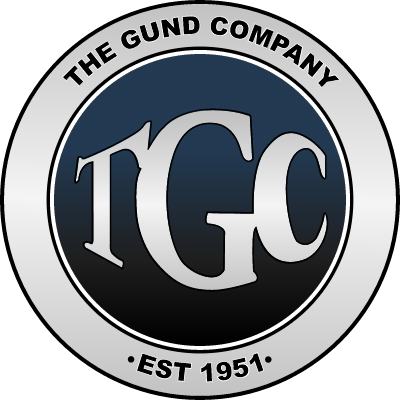MEDICAL MATERIAL SOLUTIONS
WE WILL COLLABORATE WITH YOU TO DEVELOP COMPOSITES PER YOUR SPECIFICATIONS FOR MEDICAL AND HEALTHCARE EQUIPMENT, SUCH AS X-RAY APPLICATIONS AND MRI APPLICATIONS.
The Gund Company is able to manufacture custom components for the Medical Industry with industry-leading fabrication services. We particularly specialize in composites, thermoplastics, sealing devices and insulation materials.
- Composites are materials that are made from two or more distinct components, ultimately resulting in a material with unique properties compared to its individual components.
- Thermoplastics are known as polymers that become moldable upon heating and harden upon cooling. They can even be reheated and reshaped multiple times.
- Sealing Devices are going to ensure airtight or liquid-tight containment.
- Insulation Materials are able to prevent the transfer of electricity, heat or sound.
The Gund Company is here to help you properly meet the Medical Industry’s health standards, while also helping you overcome regulatory challenges. Our application engineers have the ability to successfully support a wide variety of projects, from prototype creation to large-scale manufacturing.
Engineered material solutions play a pivotal role in the development and optimization of Medical and Healthcare equipment, which includes X-ray and MRI (Magnetic Resonance Imaging) applications.
Composites in X-ray applications are primarily utilized for their protective properties, as well as for their mechanical characteristics. Composite materials can be used to create protective equipment for medical personnel and patients, providing radiation protection from an X-ray machine. Thermoplastic composite materials can be used to create medical devices to position patients during an X-ray procedure.
X-RAY EQUIPMENT
- Tabletops
- Imaging Plates
- Filters
- Rulers
- Carbon Plates and Sandwiches
- Mammogram Components
- Grids
- Ionization Chambers

MRI COMPONENTS
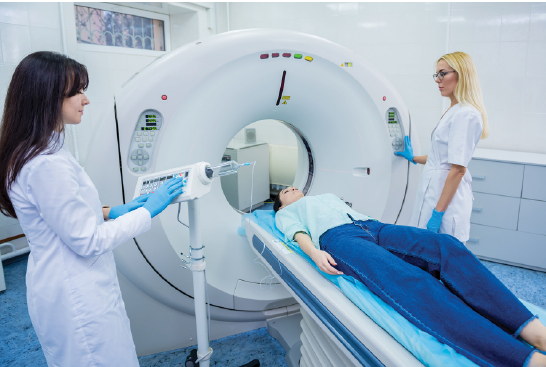
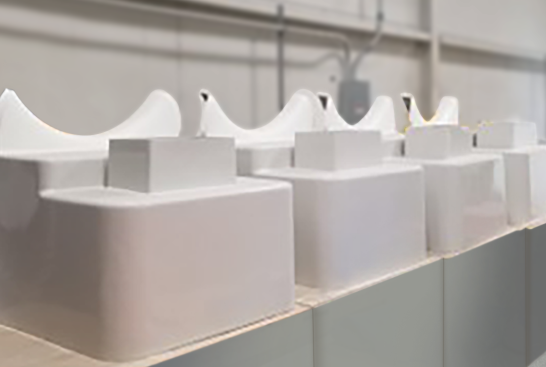
The use of composites in MRI components is primarily governed by the need for materials that are non-magnetic and can additionally perform reliably in a unique and demanding environment. Their ability to be customized for specific applications is what makes them invaluable in the ongoing development and enhancement of MRI technology.
CARBON FIBER COMPONENTS
X-ray tables and accessories – such as headrests and arm supports – often use carbon fiber composites. Carbon fiber is chosen for its high strength-to-weight ratio, rigidity and, most importantly, its radiolucency. This essentially means that it does not appear on X-ray images, allowing for clearer diagnostic imaging without artifact disturbances.
Not only that, but carbon fiber composites are also used for MRI tables because they are strong, lightweight and non-magnetic. The carbon fiber does not affect the MRI signal, which allows for clear images without any distortion or artifacts.
- Spine Support Systems
- Arm Supports
- Extended OP Rails
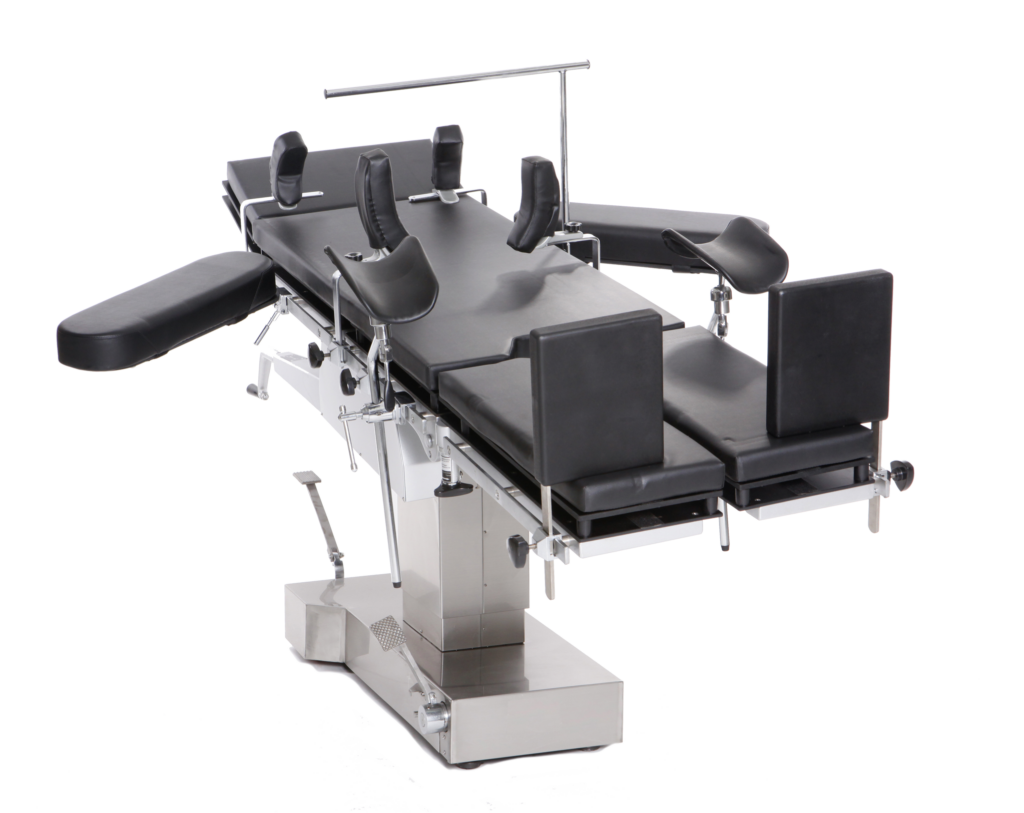
MEDICAL GRADE GASKETS AND SEALS
Our material experts have over 40 years of experience in material knowledge.
We specialize in helping our customers choose the right sealing device, whether you are creating something new or improving a current design.
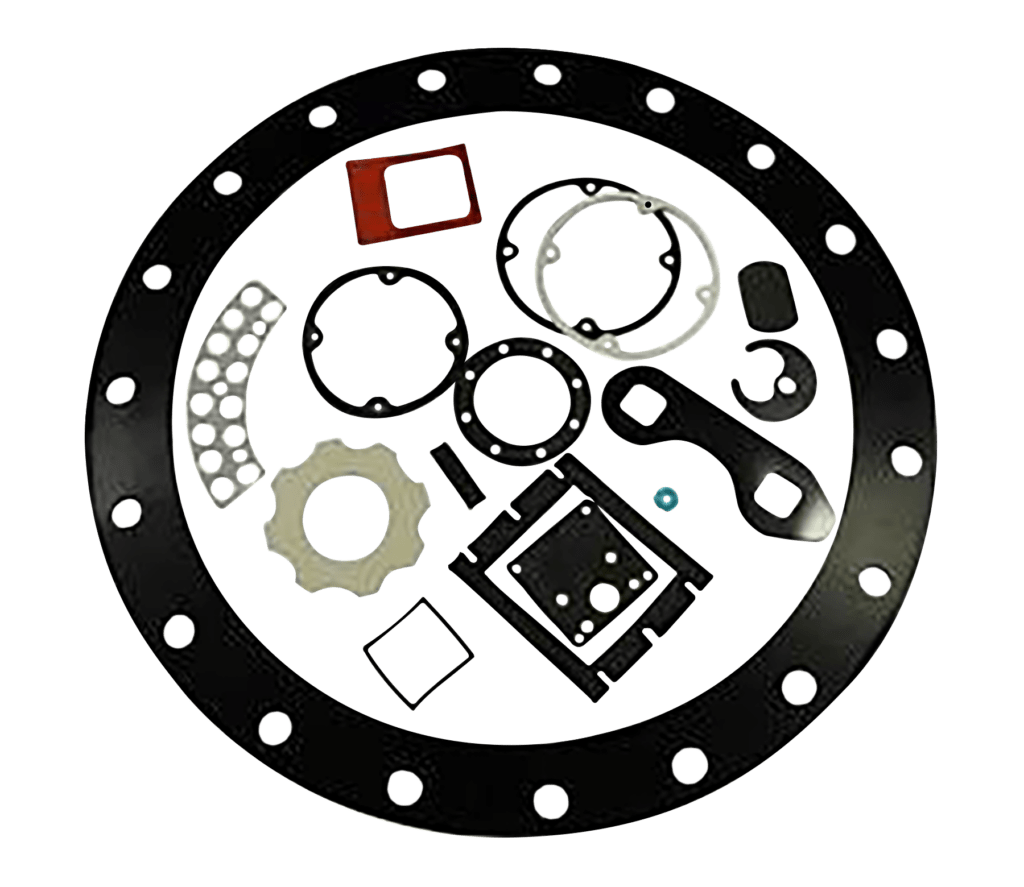
| Typical Properties To Consider When Selecting A Sealing Device | ||
|---|---|---|
| Type of Material Property | Material Characteristic | |
| Physical | Density Temperature Resistance Durometer Water Absorption Open / Closed Structure Flammability | |
| Mechanical | Compressibility / Recovery Compression Set Tensile Strength Pressure Rating | |
| Electrical | Dielectric Strength | |
| Chemical | Oil & Fuel Resistance Chemical / pH Resistance | |
| Common Elastomers Are Used In Medical And Healthcare Applications | ||
|---|---|---|
 Flexible Insulation Flexible Insulation | Type of Material Property | Material Characteristic |
| Foam | Microcellular Urethane PET, PE, Polyolefin Polyurethane Vinyl | |
| Sponge | Silicone EPDM Chloroprene – Neoprene® ECH Fluorocarbon – Viton® Nitrile | |
| Felt | Silicone EPDM Chloroprene – Neoprene® ECH Fluorocarbon – Viton® Nitrile | |
| Cork | Composition Cork Cork Synthetic Rubber Blend Cork/EPDM Blend Cork/Neoprene® Blend Cork/Nitrile Blend Cork/Silicone Blend Cork/Viton® Cork/Hypalon® Blend Cork/Sponge Blend | |
| Rubber | Chloroprene – Neoprene® Buna-N – Nitrile Silicone Butyl – EPDM Fluorosilicone – Viton® | |
| Diaphragm Rubber | Polyester, Nylon, Cotton, or Fiberglass cloth coated with SBR, Neoprene®, EPDB, and Buna-N | |
